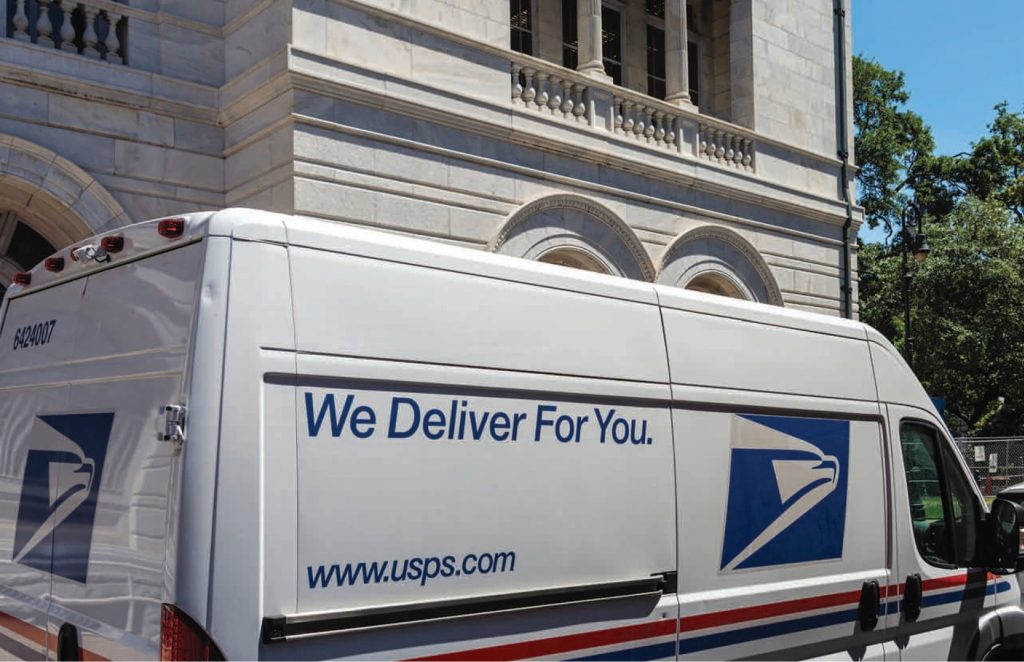
United States Tax Court’s decision in the case of John P. Zaimes v. Commissioner of Internal Revenue emphasizes a critical detail taxpayers must know: mailing your tax return by the due date does not guarantee it will be considered timely filed—unless the IRS actually receives it.
Key Filing Rules Clarified
The court reinforced that if a tax return is sent by regular mail, it must be physically received by the IRS on or before the due date to be timely. A postmark alone proving the return was mailed on time isn’t enough.
However, if a return is sent by registered mail, certified mail, or approved private delivery services (such as DHL Express, FedEx, or UPS), it will be treated as timely filed if sent on or before the due date—even if the IRS never receives it. For electronic filings, the filing date is the date of the electronic postmark from the authorized transmitter.
The Zaimes Case: A Costly Lesson
John Zaimes mailed his 2015 tax return and payment by regular mail on October 17, 2016, the extended due date. The IRS claimed it never received his return or check, though the court accepted Zaimes’s testimony that he mailed them on time.
When Zaimes discovered the IRS had not received his documents, he filed electronically on November 17, 2016. This late filing led to penalties for late filing and late payment, along with a Notice of Federal Tax Lien.
Zaimes disputed these penalties during an IRS hearing, arguing he had timely filed and paid by mailing his return and check on time. The IRS disagreed, and Zaimes appealed to the Tax Court.
Court’s Findings
- Because Zaimes used regular mail, his return was only considered filed when actually received by the IRS— which it was not.
- The court rejected Zaimes’s arguments for reasonable cause to excuse late filing, including:
- Lack of explicit IRS instructions requiring certified or registered mail.
- Delay in IRS notifying him about late filing.
- Advice from a USPS worker (who actually suggested certified mail).
- USPS failure to deliver (Zaimes could not prove correct addressing or sufficient postage).
- Regarding payment, Zaimes owed $185,615 for 2015, with estimated payments made earlier in the year. He mailed $58,145 with his return in October but did not pay the full balance by the original April 18 deadline.
- The court ruled that an extension to file does not extend the deadline to pay taxes due. Mailing payment late did not provide reasonable cause to avoid penalties.
Related Tax Court Ruling on Private Delivery Services
In a separate decision issued November 29, 2017 (Pearson v. Commissioner, 149 T.C. No. 20), the Tax Court ruled that a petition mailed with a Stamps.com postage label qualified as timely filed under the mailbox rule. This case addressed the mailbox rule’s application particularly for private delivery services other than USPS.
The Pearson ruling supports that certain private delivery methods can satisfy timely filing requirements even if direct USPS postmarks are absent. This decision may have important implications for taxpayers using alternative mailing services to meet filing deadlines.
What This Means for Taxpayers
This case serves as a notice:
- Use registered or certified mail (or an approved private delivery service) when mailing tax returns and payments. This protects taxpayers if documents are lost in transit.
- Electronic filing is safer because it provides proof of timely submission.
- An extension to file is not an extension to pay. Taxes owed must be paid by the original due date to avoid penalties.
Taxpayers should estimate and pay their taxes when requesting an extension to file to avoid costly late-payment penalties.
